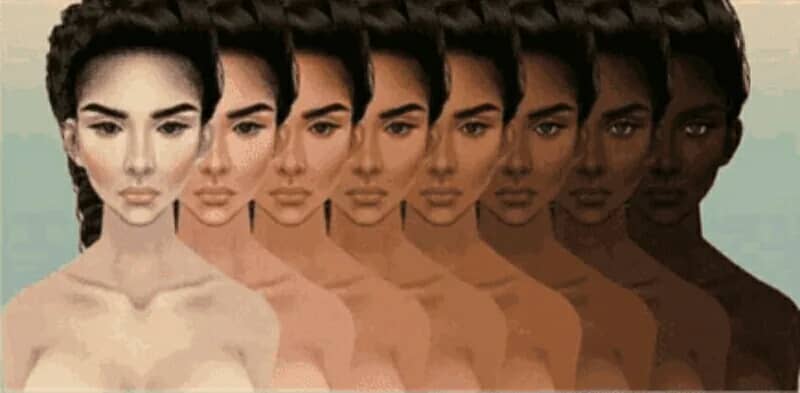Colorism, or the bias towards lighter skin and against darker skin, is a phenomenon that many of us in the Asian community are keenly familiar with. It is one of the most widespread forms of prejudice amongst Asians today. Throughout South Asia and Southeast Asia, companies like Fair & Lovely or products like papaya soap that boast skin-lightening properties are household names. In East Asia, light skin has long been one of the hallmark beauty standards, especially for women, with filters and moisturizers specifically formulated to make skin appear whiter.
This issue has a long history before any record of European contact in the region. Historically, light skin was associated with wealth, as those who did not have to labor outside could afford to stay in whereas farmers and other workers of lower classes were constantly exposed to the sun. In India, skin color is explicitly connected to the ancient caste system and class.
While many Asians are aware of this, some claim that it has nothing to do with racism or anti-Blackness. I remember a classmate in high school in particular fervently claiming that there was no race problem in East Asia, and that colorism didn’t have anything to do with Black people as it had roots in Asia for centuries. But despite not necessarily originating in the concept of race we are familiar with today, has most definitely contributed to anti-Black attitudes in Asian communities today.
Ariana Miyamoto, a biracial black woman who represented Japan in the 2015 Miss Universe competition, was repeatedly attacked for not being “Japanese enough” despite the fact that she was born and raised in Japan. On the other hand, Japan has welcomed scores of biracial white models and celebrities, whose features are seen as beautiful in the entertainment industry. Many have criticized K-Pop idols who co-opting hip-hop and Black history while calling darker skinned Koreans “Africans” as insults and being openly racist to Black individuals in South Korea.
This isn’t restricted to the East Asian community, either. Blackface is a common phenomenon in Filipino TV shows, with lighter skinned actors being painted darker to portray certain characters. I can recall one show in particular, Nita Negrita, which was meant to portray the struggle of a biracial black girl in the Philippines, a significant issue that, handled well, could have deepened the popular understanding of the Black experience in the Philippines. However, a clearly lighter skinned actress was painted black in order to portray this character. In this context, the show is more similar to minstrel shows done in the Jim Crow South, which employed white actors to portray racist caricatures of Black people, instead of a meaningful portrayal of racism or colorism in the Philippines.
None of this is meant to invalidate the struggles of mixed race white Asians, or to erase the history of colorism that did not explicitly begin in the modern racial hierarchy. But to ignore how it contributes to anti-Blackness in the Asian community today further perpetuates racism that currently does exist. Many countries in Asia have long, rich, diverse cultural histories, but in order to move forward, we must acknowledge that there are equally ugly prejudices that continue to harm many groups of people today. The discussion can’t be ignored or isolated or separated from the Black community; in a world that is becoming increasingly globalized and in a country that is becoming increasingly diverse, we share our successes and failures. And in order to move forward, we must face the prejudices present in our own community.
Credit of Image: Taken from website: https://medium.com/@Evangeline.delcisne/racism-colorism-and-objectification-20682a307d6f
About The Author: Maia Mongado is a senior at Brown University majoring in Computer Science. She has also taken coursework in English, French, and Filipino studies. You can learn more about her here!

